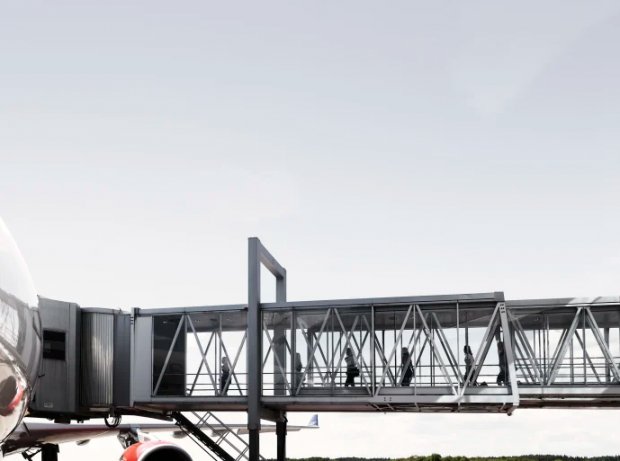Swedavia's traffic statistics for September 2019

In September, 3,678,000 passengers flew to or from Swedavia’s ten airports, which is a decrease of 2 per cent compared to the same month last year. The general decline in passenger volume seen over the past few months stabilised somewhat in September.
The number of international passengers at Swedavia’s airports totalled 2,553,000 in September, which is a decrease of 1 per cent compared to the same month last year. There were a total of 1,125,000 domestic passengers, a decrease of 5 per cent.
Stockholm Arlanda Airport, Sweden’s largest airport, had a total of 2,331,000 passengers in September, which is a decrease of 2 per cent compared to the same month last year. The number of international passengers was about 1,881,000, which is a decrease of 2 per cent, while the number of domestic passengers was 450,000, a decrease of 3 per cent.
Göteborg Landvetter Airport had a total of 634,000 passengers in September, which is on a par with the same month last year. There were a total of 521,000 international passengers, which is an increase of 3 per cent compared to the same month last year. Göteborg Landvetter is the airport that shows the greatest growth in international traffic. However, domestic travel decreased 11 per cent compared to the same month last year to 114,000 passengers.
At Bromma Stockholm Airport, there were a total of 207,000 passengers in September, which is a 7 per cent decrease compared to September 2018. In contrast, international travel increased 18 per cent.
In line with the traffic trend so far this year, Swedavia’s regional airports showed local differences in the travel pattern in September. Overall, international traffic decreased 2 per cent at the regional airports and domestic traffic decreased 4 per cent.
For many years, Swedavia has carried out ambitious sustainability work. All ten of its airports shall have zero emissions of fossil carbon dioxide from their own operations by 2020. Swedavia also works actively to promote the industry’s transition to bio fuel and has the goal that five per cent of all fuel used to refuel aircraft at Swedish airports shall be fossil-free by 2025. Since 2016, Swedavia purchases bio fuel equivalent to the amount used for the company’s flights for business purposes, about 450 tonnes a year.
Traffic statistics for Swedavia’s airports are available (in Swedish) at www.swedavia.se under “Om Swedavia/Om Swedavia/Statistik”. https://www.swedavia.se/om-swedavia/statistik/


